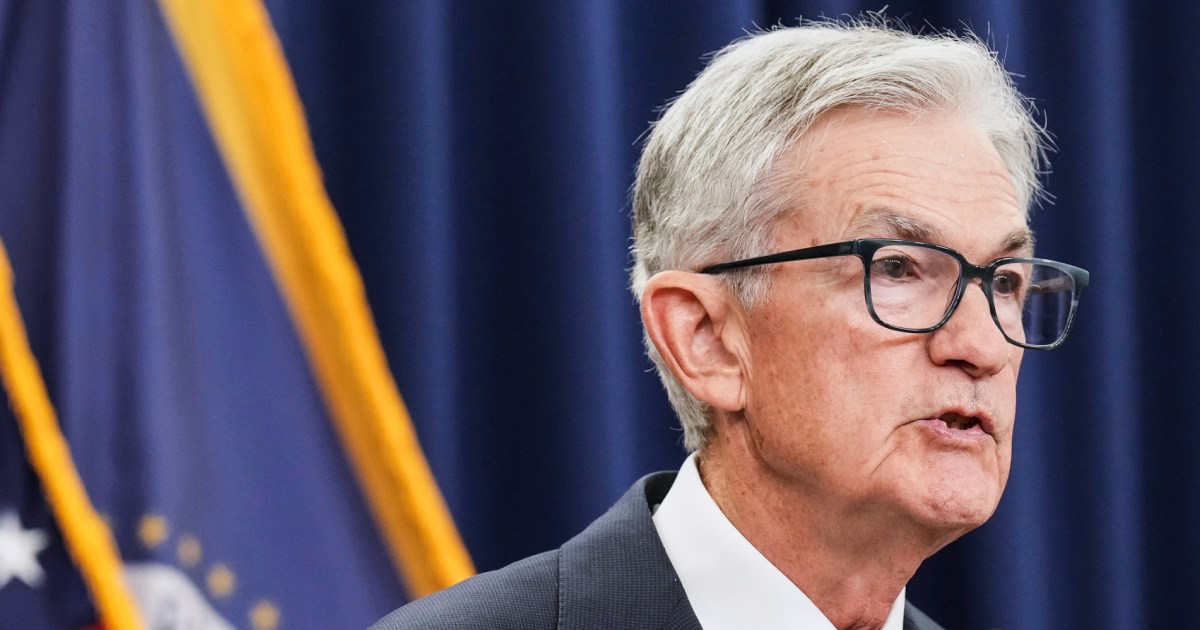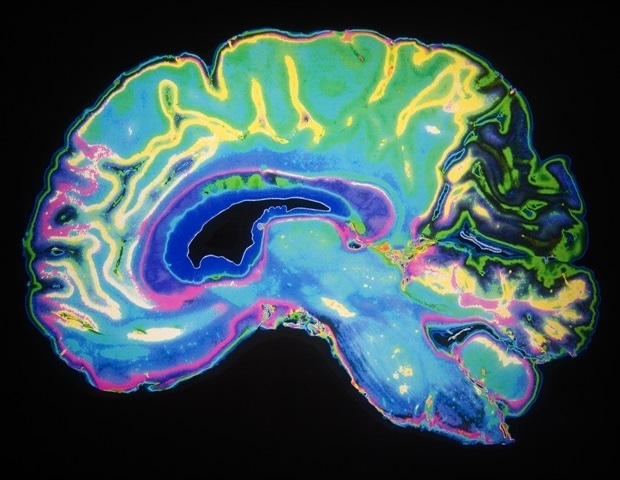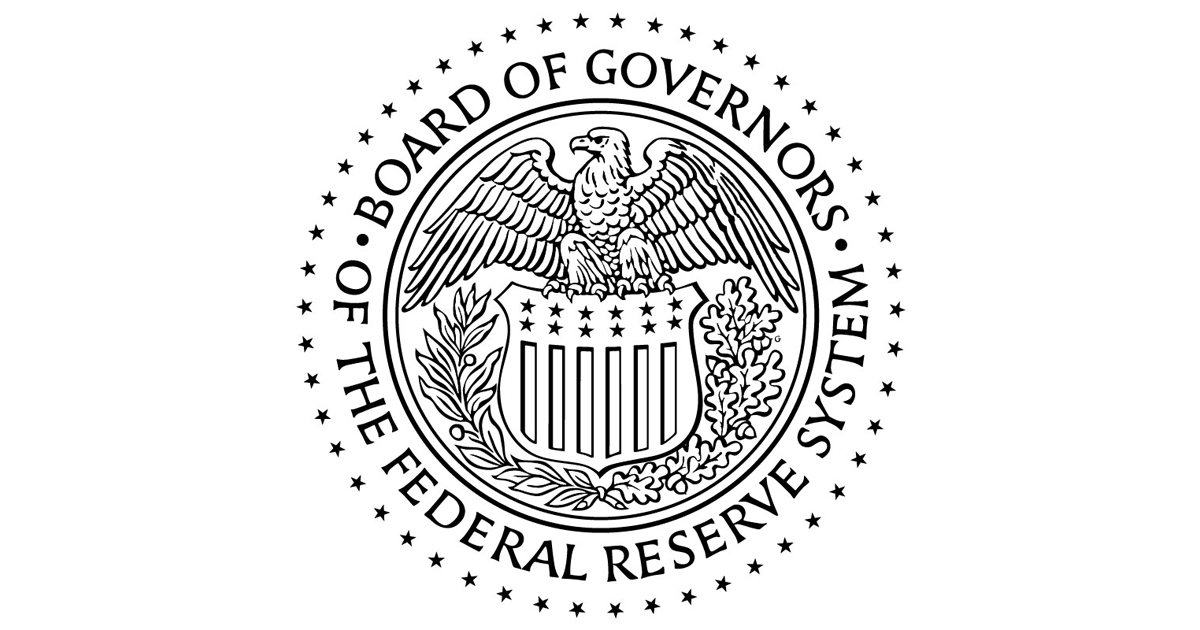Meet Jordi Sala Hernandez, a 12-year-old trials biking titan from Girona, Spain.
He holds the record for the most car roofs traversed on a bicycle performing a wheelie in one minute!
This means Jordi had to hop across 10 cars that were parked…

Meet Jordi Sala Hernandez, a 12-year-old trials biking titan from Girona, Spain.
He holds the record for the most car roofs traversed on a bicycle performing a wheelie in one minute!
This means Jordi had to hop across 10 cars that were parked…
This request seems a bit unusual, so we need to confirm that you’re human. Please press and hold the button until it turns completely green. Thank you for your cooperation!

Greetings, Rivals!
We’re thrilled to announce the upcoming patch drops on October 30th, 2025, at 09:00:00 (UTC)! This update will be deployed seamlessly, with no server downtime required! Simply log in after the update and…

A research team from the Nanjing Institute of Geology and Palaeontology of the Chinese Academy of Sciences (NIGPAS) has made progress in studying the Shibantan Biota in Yichang, Hubei Province, uncovering the oldest known complex…

The Federal Reserve on Wednesday cut its benchmark interest rate by a quarter-point for the second time this year, a move that could bring financial relief to consumers and businesses — but also carries risk as inflation ticks up.
In its statement accompanying the rate-cut announcement, the central bank said that although economic activity has been expanding, jobs growth had slowed while inflation had increased.
Fed Chair Jerome Powell is scheduled to discuss the decision at a 2:30 p.m. ET press conference.
The central bank’s action is designed to reduce the cost of borrowing throughout the economy. A lower rate tends to have immediate effects on auto loans and credit cards. Mortgage rates are not directly tied to the Fed’s benchmark rate, but they can move in parallel.
It comes as the U.S. economy grapples with a slowing labor market and stubborn price growth.
Several major companies have announced thousands of job cuts this year while many government workers remain furloughed due to the shutdown. Price growth in September ticked up to its highest point since January, according to federal data.
Despite all of that uncertainty, stock markets have rocketed to record highs, fueled in large part by an artificial intelligence investment boom. Chipmaker Nvidia on Wednesday became the first company to be valued at $5 trillion on the stock market.
What happens next in the economy is anyone’s guess. The Fed’s next rate decision is scheduled for Dec. 10.
Typically, in times of a labor market slowdown the Fed lowers rates to spur economic activity. During times of rising inflation, the Fed often hikes rates to put a lid on rising prices.
With data simultaneously showing a weakening employment picture and a stubborn price growth, the Fed faces a dilemma.
“There is no risk-free path for policy as we navigate the tension between our employment and inflation goals,” Powell said earlier this month. He made similar remarks when the Fed cut rates for the first time this year, in September.
Lower interest rates can sometimes worsen inflation by increasing overall economic activity.
Last week, the Bureau of Labor Statistics reported that the annual inflation rate for consumer prices had climbed from 2.9% to 3% in September — well above the Fed’s 2% target. The Fed’s view of the economy remains impaired by a lack of other data, which is paused due to the government shutdown. One of those measures, the personal consumption expenditures index (PCE), is the Fed’s preferred inflation gauge. The August PCE report, published prior to the shutdown, also showed a reading north of the 2% goal.
Many economists attribute a significant portion of ongoing price pressures to President Donald Trump’s tariffs.
“The tariffs are the biggest tax increase since the late 1960s,” said Luke Tilley, chief economist at Wilmington Trust financial group.
Meanwhile, jobs data suggests the U.S. is experiencing one of the weakest labor markets of the 21st century. The unemployment rate, at 4.3% as of August, is relatively low on a historical basis. But it is taking those without jobs an average of nearly six months to land a new position, as hiring rates have collapsed to levels last seen in the years following the 2008 global financial crisis. The government shutdown, now on the verge of its fourth week, has complicated matters by preventing the Bureau of Labor Statistics from releasing more current economic data.
Without fresh numbers, “the Fed’s task is further complicated,” BNP Paribas economists wrote in a note on Tuesday. There are few private-sector sources of data and none can fully replicate the official government data. For instance, payroll processor ADP released its employment survey, which pointed to a significant decline in private employment in August and September. But that data only covers about 20% of the private labor force and does not count federal, state or local government employment.
Part of the problem is that economic growth appears to be powering ahead thanks in great part to investments in artificial intelligence.
Estimates of gross domestic product, the standard measure of economic growth, have soared to nearly 4%. Major stock market indexes, meanwhile, continue to set new records — also largely as a result of AI investments, fueling concerns about a bubble. The mere expectation that the Fed will further lower interest rates has also historically led to support for stock prices. Stocks were moderately higher after the announcement Wednesday.
“Something’s gotta give,” Fed governor Christopher Waller said on Oct. 16. Waller, a Trump nominee who is a finalist to succeed Powell as chair, has a permanent vote on the Fed’s rate-setting committee. “Either economic growth softens to match a soft labor market, or the labor market rebounds to match stronger economic growth,” he added.
But even Waller, who in the summer called on the Fed to lower rates as soon as possible, urged caution: “We need to move with care when adjusting the policy rate to ensure we don’t make a mistake that will be costly to correct.”
Other analysts believe that the tension between elevated inflation and weakening labor data is easing — though for reasons that do not bode well for the broader economy. In a note published Monday, Neil Dutta, head of economics at Renaissance Macro research group, said that as jobs growth continues to falter, price pressures will, too, as households grow more cautious about spending.
“Labor market slack continues to build and there is reason to expect inflation to cool as a result,” Dutta wrote.

Scientists have identified hundreds of genes that may increase the risk of developing Alzheimer’s disease but the roles these genes play in the brain are poorly understood. This lack of understanding poses a barrier to developing…

With the holidays coming up, many of us will be on the road, visiting with friends and family. Whether you’re away for one day or one week, it’s important to keep your home protected. Getting a home security camera is a great way to make sure…
If current extinction trends continue, global shark populations will lose much of their variety, thereby threatening ecosystems where specialized species serve vital roles, researchers have found.
In…

Please enable JavaScript if it is disabled in your browser or access the information through the links provided below.
October 29, 2025
For release at 2:00 p.m. EDT
Available indicators suggest that economic activity has been expanding at a moderate pace. Job gains have slowed this year, and the unemployment rate has edged up but remained low through August; more recent indicators are consistent with these developments. Inflation has moved up since earlier in the year and remains somewhat elevated.
The Committee seeks to achieve maximum employment and inflation at the rate of 2 percent over the longer run. Uncertainty about the economic outlook remains elevated. The Committee is attentive to the risks to both sides of its dual mandate and judges that downside risks to employment rose in recent months.
In support of its goals and in light of the shift in the balance of risks, the Committee decided to lower the target range for the federal funds rate by 1/4 percentage point to 3-3/4 to 4 percent. In considering additional adjustments to the target range for the federal funds rate, the Committee will carefully assess incoming data, the evolving outlook, and the balance of risks. The Committee decided to conclude the reduction of its aggregate securities holdings on December 1. The Committee is strongly committed to supporting maximum employment and returning inflation to its 2 percent objective.
In assessing the appropriate stance of monetary policy, the Committee will continue to monitor the implications of incoming information for the economic outlook. The Committee would be prepared to adjust the stance of monetary policy as appropriate if risks emerge that could impede the attainment of the Committee’s goals. The Committee’s assessments will take into account a wide range of information, including readings on labor market conditions, inflation pressures and inflation expectations, and financial and international developments.
Voting for the monetary policy action were Jerome H. Powell, Chair; John C. Williams, Vice Chair; Michael S. Barr; Michelle W. Bowman; Susan M. Collins; Lisa D. Cook; Austan D. Goolsbee; Philip N. Jefferson; Alberto G. Musalem; and Christopher J. Waller. Voting against this action were Stephen I. Miran, who preferred to lower the target range for the federal funds rate by 1/2 percentage point at this meeting, and Jeffrey R. Schmid, who preferred no change to the target range for the federal funds rate at this meeting.
For media inquiries, please email [email protected] or call 202-452-2955.
Implementation Note issued October 29, 2025
Last Update:
October 29, 2025

An amateur footballer and NHS worker has been left with a fractured skull after being attacked by a group of “more than 10 spectators” during a match in Liverpool.
Ormskirk West End Football Club said one of their players, Richard Agbasoga, was…